A night to remember
The long wait was rewarded yesterday with a clear night, stable amtmosphere and not a drop of dew.
Comet C/2022 E3 ZTF is coming closer now and I hope to track it for a longer time on my next session.

A new year
We still didn’t get a clear night since that last great session at the end of November. It seems Europe is in a constant state of cloudiness. I still decided to set up the EAA rig yesterday, despite a full moon, medium to high clouds and horrible seeing.
Galaxy season is around the corner and I spent most of the night looking at the faint smudges around Ursa Major, Coma Berenices, Leo and deep in the night even Virgo. You could probably spend a few lifetimes only observing all the galaxies in just that part of the sky.
Livestacking in such conditions is not really worth it but I still had a go and included a first look at M51.
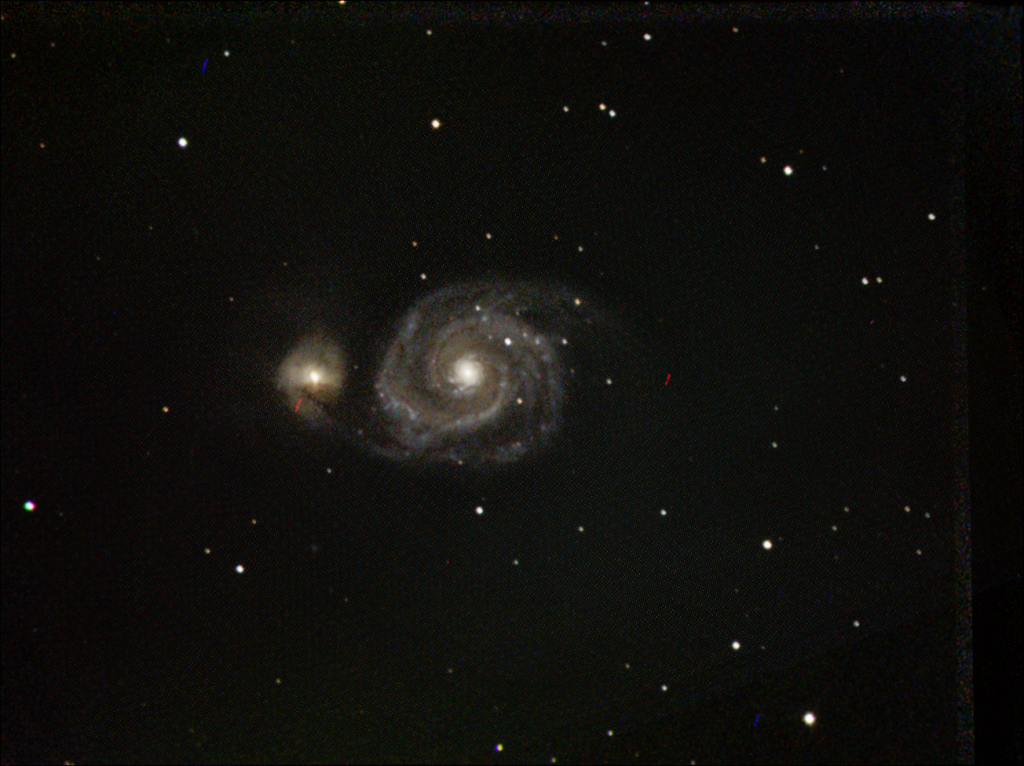
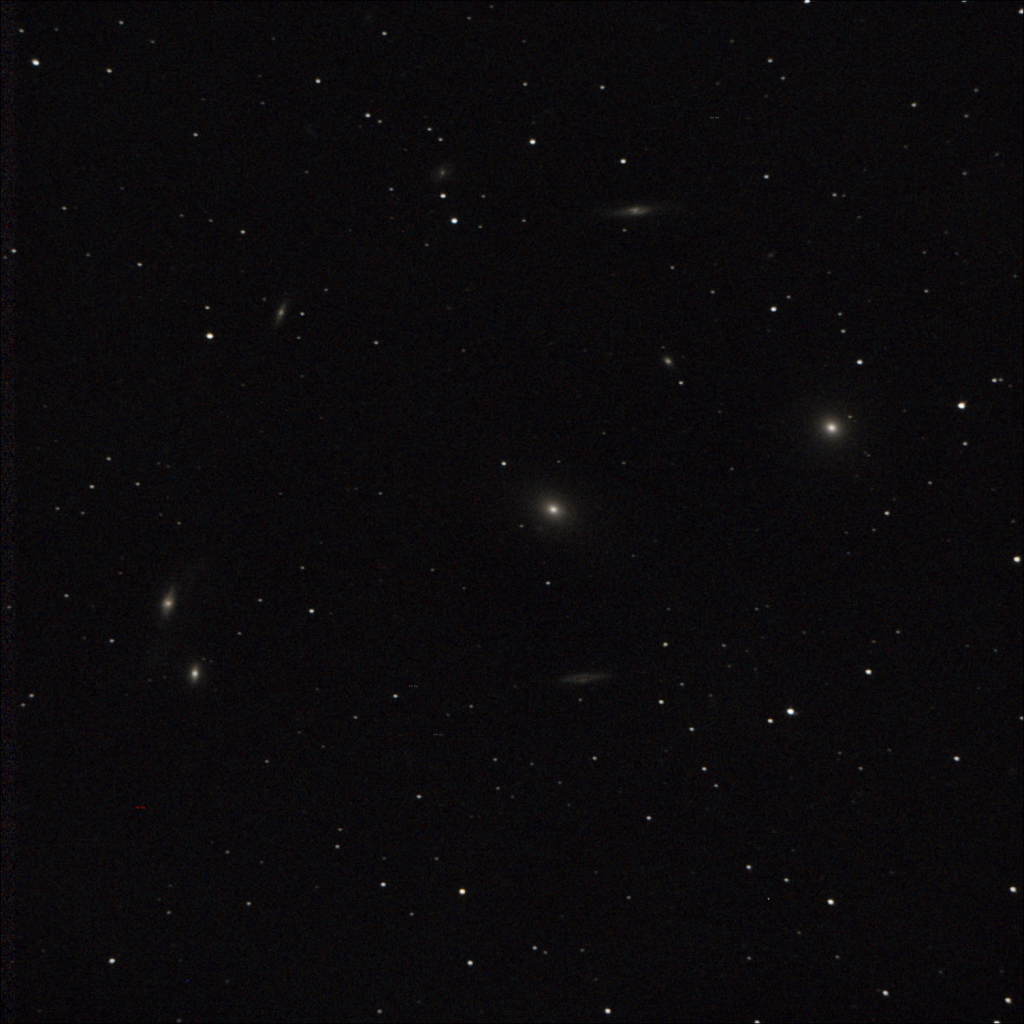
Mars
After a long six weeks of cloudy nights I could finally take out the Dob again to do some visual. My hope was to have a look at Mars as I missed the planet’s opposition this year due to the aforementioned cloudfest.
Tonight was still not optimal – low clouds all over the place and Mars right next to the near full moon. Still managed to take a picture. Mars is moving away at a fast rate now and I will have to wait till 2025 to hopefully be able to capture it during oppostion.

Stay frosty – EAA with the ZWO224MC
Did a long session and started to add dark frames in some of the pictures to get rid of the amp glow.
This was the perfect EAA night with clear skies from 4PM till 2 AM. I observed many of my favorite objects such as the Iris Nebula, a couple globular clusters and Hubble’s variable nebula.
By 1 AM there was a decent layer of frost on the scope. It’s getting cold AF.
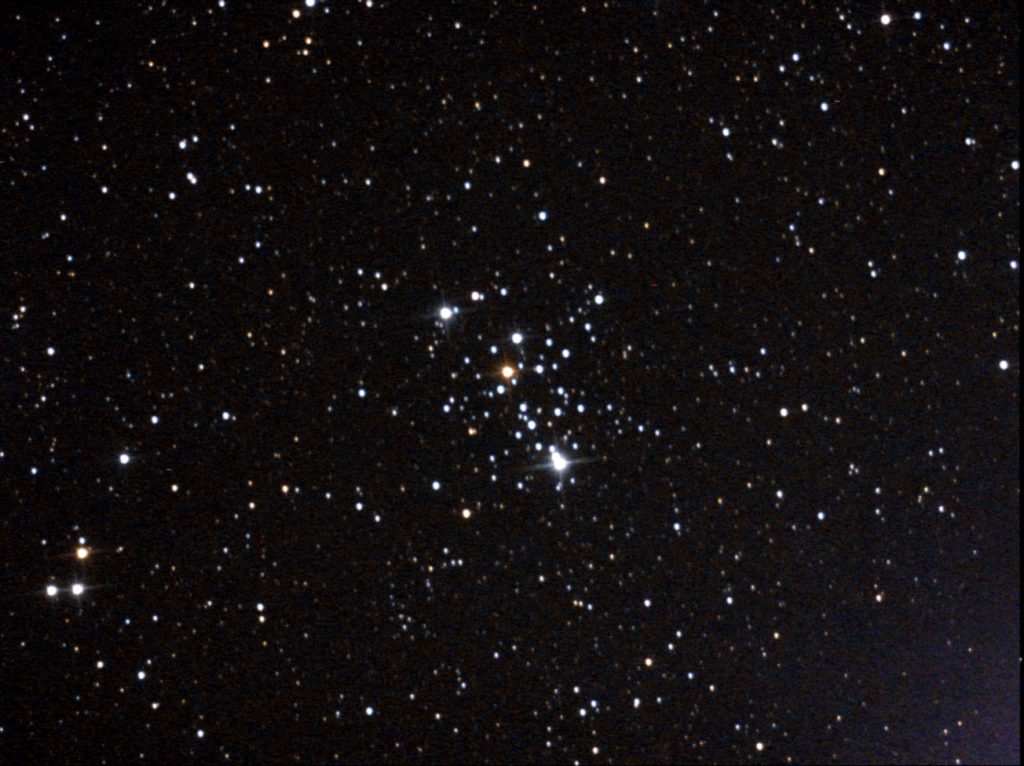
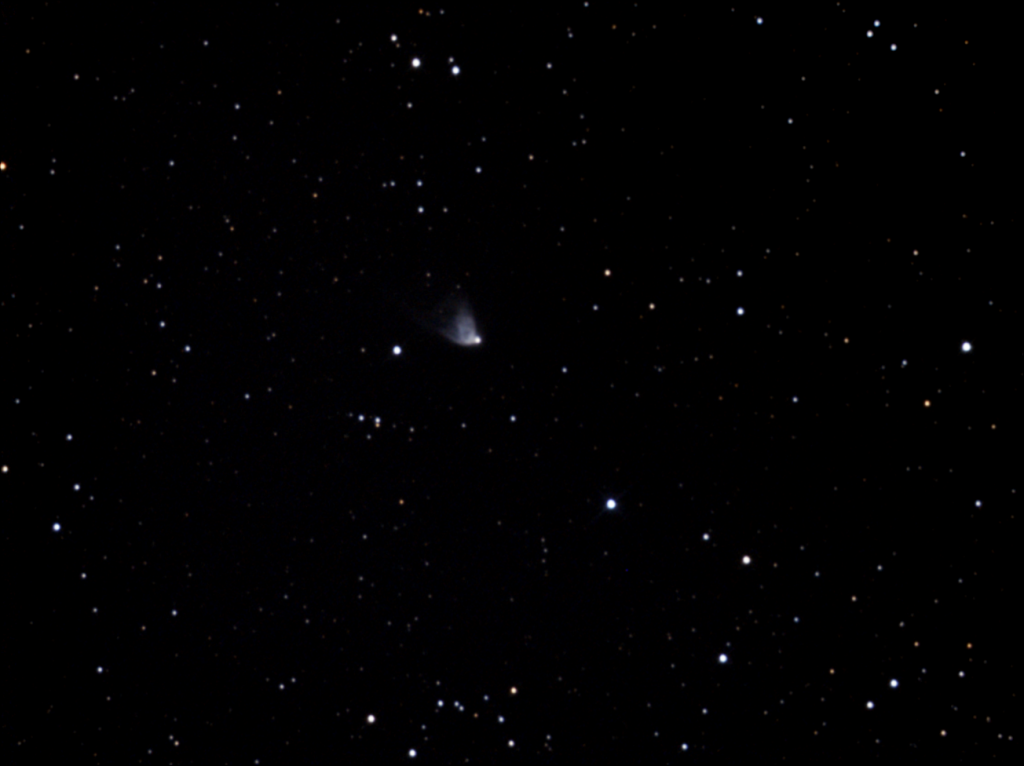
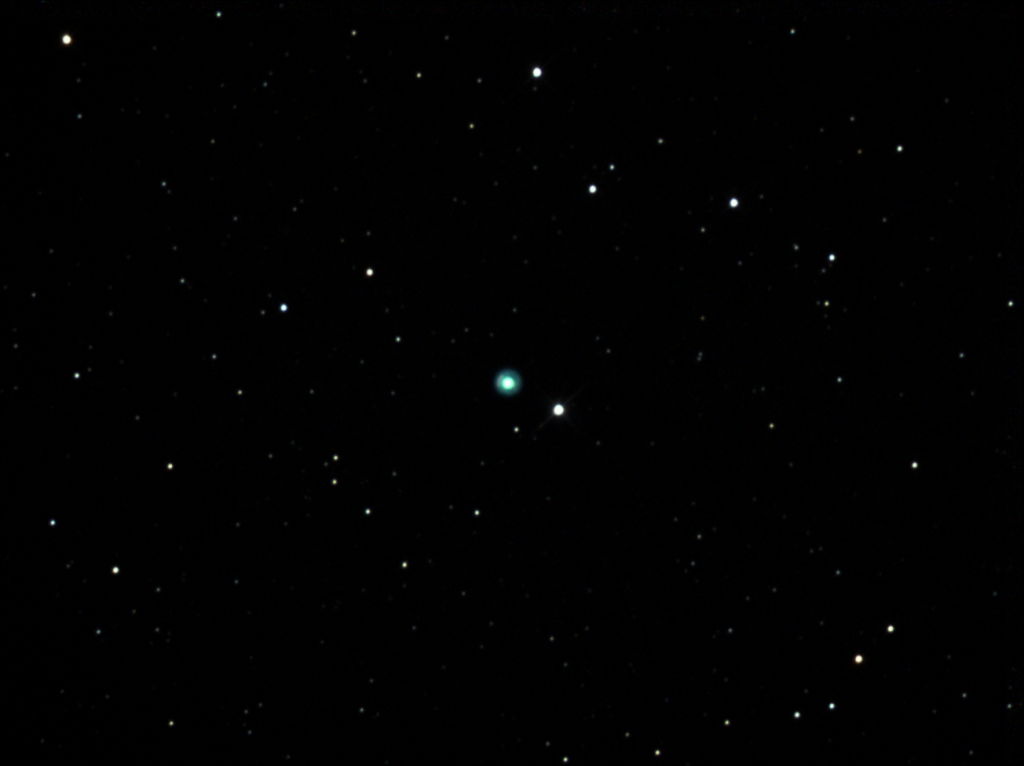
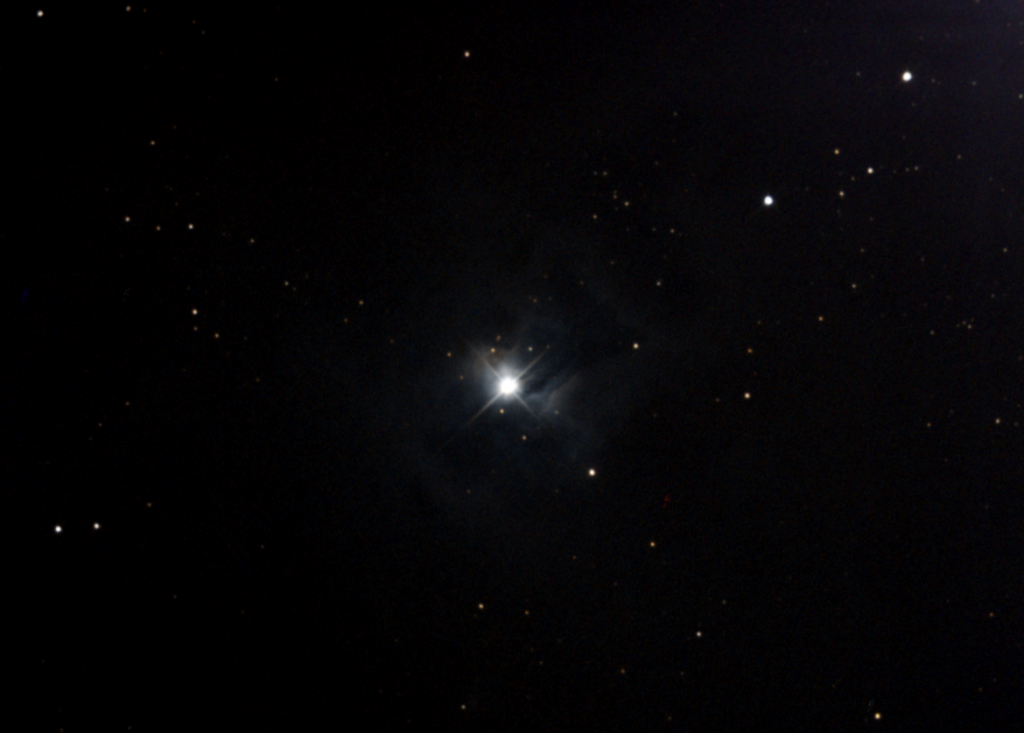
First session with Asiair Plus
I’ve been pondering for weeks whether to buy an Asiair. I really like sitting outside with my laptop directly connected to the camera and sharpcap for livestacking but it’s getting cold and there’s something about observing the skies from my warm home that is hard to beat.
The main alternatives are:
- A raspberry pi
- The asiair
- A mini pc or laptop to which you remotely connect
- Going all eskimo
I bought the asiair with an EQmod cable to connect directly to the mount.
So how about this Asisair? It’s small and light, which is nice and it works out of the box. Focusing, polar aligning, controling the mount, everything works. The only thing I struggle with is the wifi signal, so I had to take refuge in the laundry room to stay close to the scope. Something I’ll have to figure out because the vibrations of the washing machine made me doubt the tracking of the scope on the live view.
I will also need to start adding calibration frames to my images. Maybe it’s just me but I think I had less noise with sharpcap.
Here are a few of my livestacks. M76 or ‘the little dumbbell nebula” is the most intriguing.



Into Cassiopeia
My goal tonight was to hunt down a few more Messier objects. I managed to get my platesolving working but only got good accuracy in Cassiopeia for some reason. All good, it’s a wonderful place to get lost.


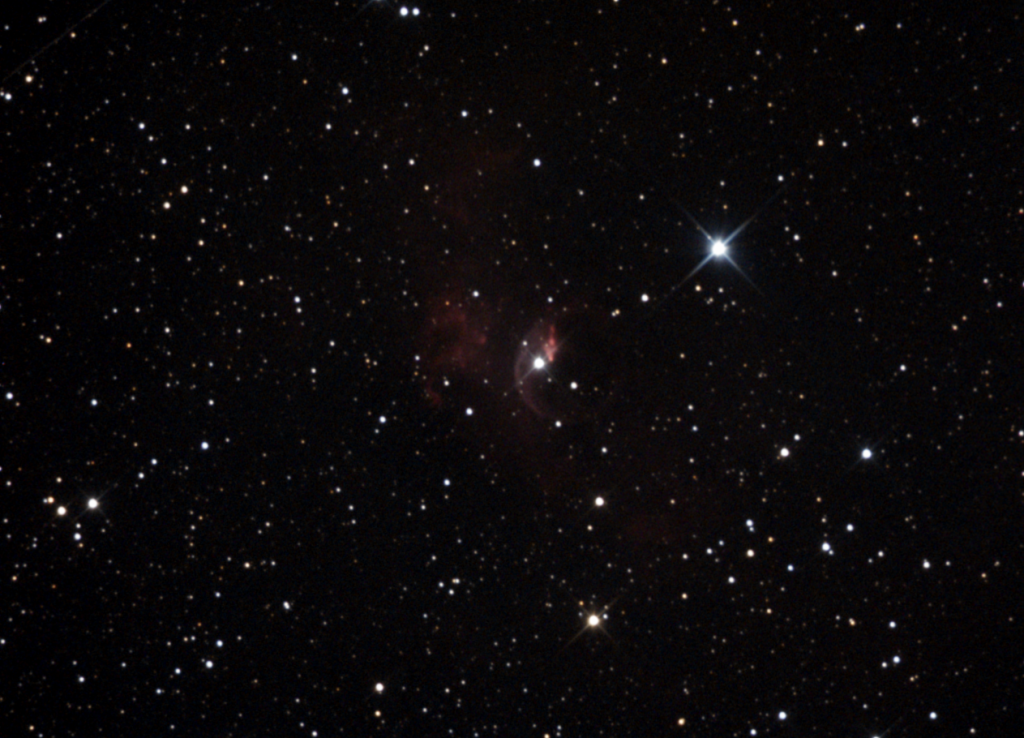
Deep space
Clear skies from 5 PM onwards so I made a very ambitious plan to observe multiple targets. Had some issues with polar aligning and GOTO but managed to observe:
The Crab Nebula, Orion Nebula, Bode’s Galaxy, Cigar Galaxy, Messier 103, Messier 32, and as a nice bonus: Messier 77 aka Cetus A.
The mind boggling distance of Cetus A is 47 million light-years.





Messier 33
I started my session with a very long polar alignment in sharpcap and aiming at random spots in the heavens with the hope of platesolving my way to glory. When finally it worked I got to capture the ethereal glow of Messier 27 and Messier 57.
I also had a long look at Triangulum (Messier 33) but didn’t manage to capture it well. My plan was to observe much longer but it got too cloudy and my platesolving started to fail again. There is a lot to say about Messier 33, but watching another galaxy like this is something very, very special.
Now that I have everything figured out with the new equipment I hope to explore many more objects. However, with Mars opposition around the corner I might take out the dob again soon.

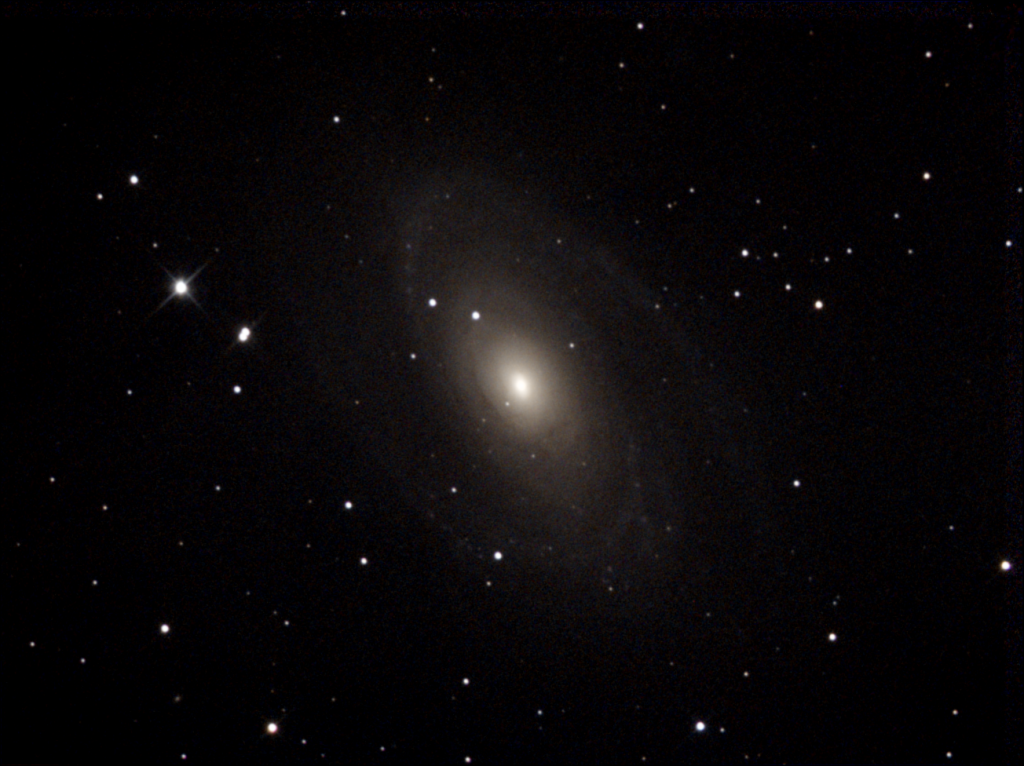
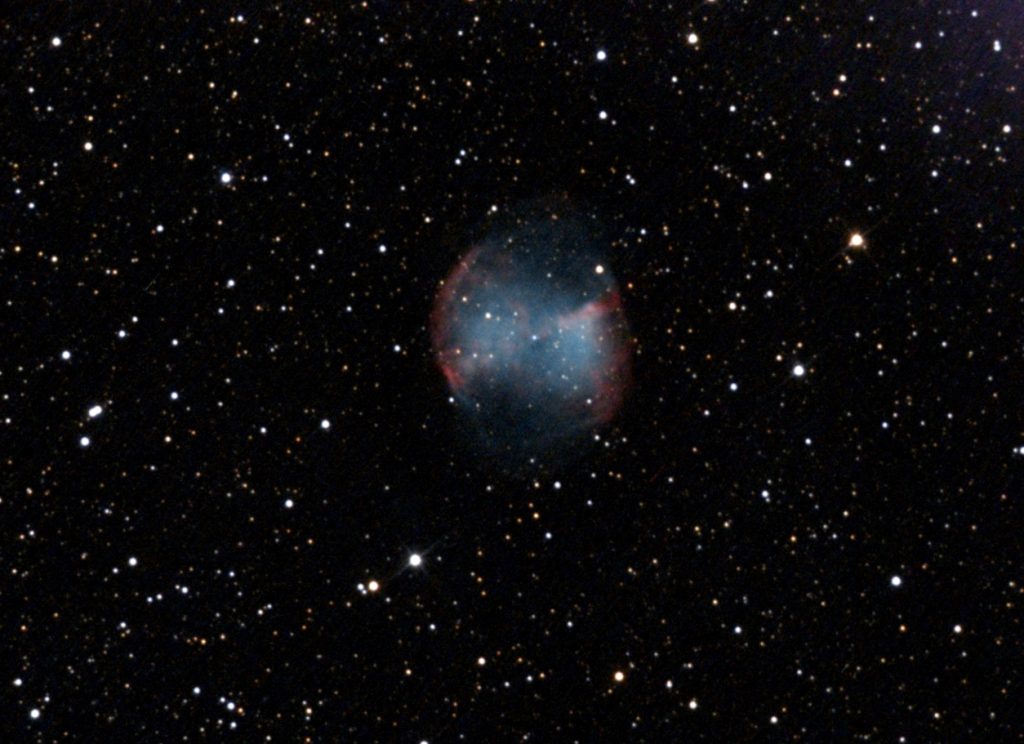
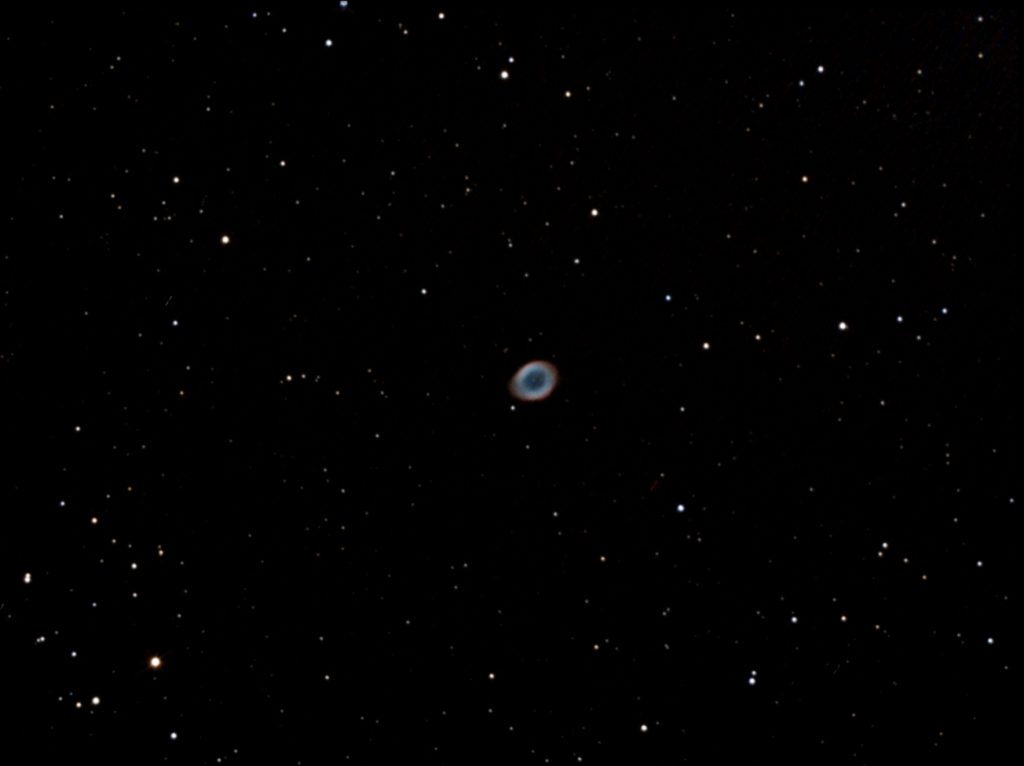
Whilst platesolving I also got photobombed by this guy:

Testing the system
I had two wonderful nights with little to no clouds and managed to:
- Align my polar scope
- Polar align manually with my knees in the wet grass
- Get decent tracking!
- Give up on polar aligning manually and buy the 10 USD sharpcap pro license
- Use sharpcap pro to polar align – this is so easy.
- Align the scope, which was a big hit and miss
- Making a total mess of connecting sharpcap, stellarium and synscan together to the mount
- Confusing my scope, laptop and eventually also myself
- Not collimating the scope resulting in horrible stars on my laptop screen
When I ordered the scope to go to Albireo, I felt some relief when I saw two little diamonds in the sky. Unfortunately those were two stars slightly west of Vulpecula. Still pretty close though.
